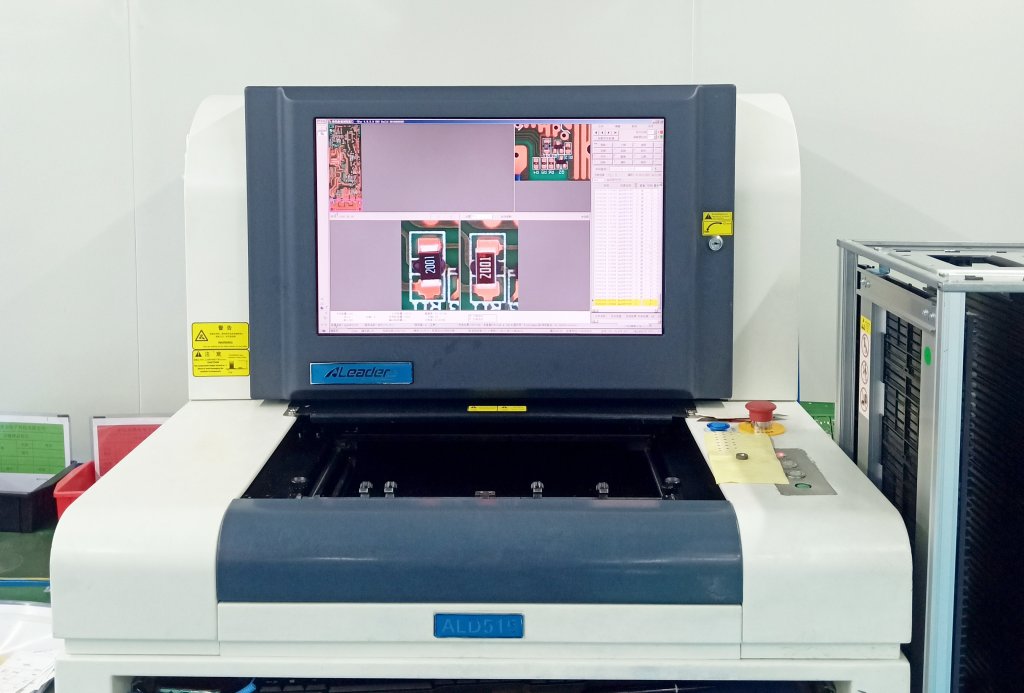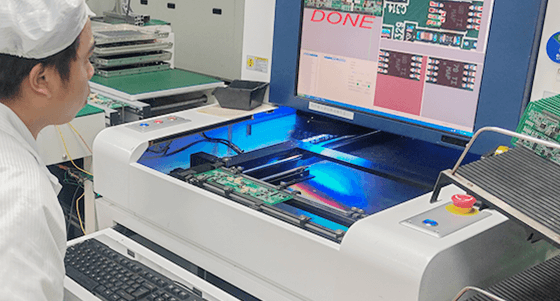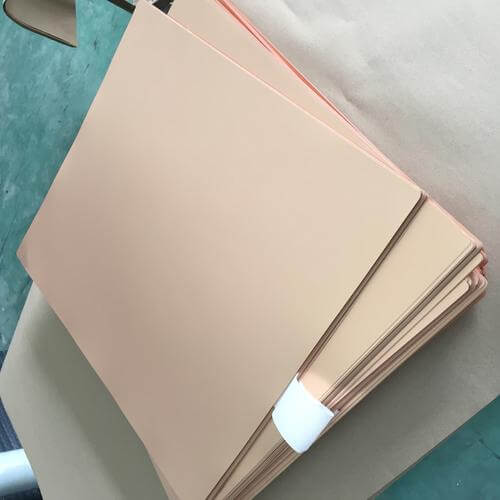Are you wondering what is AOI in SMT and how does it work? When you delve into Surface Mount Technology and deal with issues of quality control in the process of printed circuit board assembly, there are lots of things you need to understand and AOI is one of them.
AOI is essential to make sure that your circuit boards are flawless before they’re assembled. This process checks for the tiniest of errors in components while also ensuring perfect solder joints.
In this article, we are going to discuss what is AOI in SMT, how does it works, what defects it detects, and more in detail.
Whether you are new to SMT or are looking to improve your productions line, understanding AOI is truly important so that you are able to efficiently maintain high standards.
So let’s get started.
What is AOI in SMT

AOI stands for Automated Optical Inspection. It is an important production process in SMT and is widely applied for the detection of defects from printed circuit boards.
AOI is effective in ensuring the quality of PCB assembly because it identifies the defects early in the manufacturing, thus leading to less need for manual inspection in manufacturing and improving efficiency in general.
How AOI Works
AOI systems use cameras—including some with special lighting—to take highly detailed pictures of PCBs after components are soldered into place.
The software then compares these pictures to look for different defect types, such as missing components, incorrectly placed components, soldering defects like bridges or insufficient solder, and many other problems that could compromise the functioning or reliability of an assembly.
Benefits of AOI
AOI in Surface Mount Technology offers significant advantages:
- Early Defect Detection
AOI detects defects such as misaligned components or soldering flaws in the early stages of production, thus preventing potential problems from emerging at the final stages.
- Prevention of Rework
Reviewing defects in the first pass, AOI reduces rework and saves time, along with money, within the manufacturing process.
- Improved First-Pass Yield
AOI increases the effectiveness of PCBs to pass the first inspection, providing better quality and minimizing risks of defective products reaching clients.
- Enhanced Quality Standards
AOIs ensure high-quality standards through routine checking of faults on PCBs. This is highly essential in industries where precision and reliability are key.
Types of Defects Detected
AOI in SMT identifies some of the following types of defects:
- Component Placement Errors
AOI detects misaligned or skewed components on PCBs, ensuring they are correctly positioned for optimal functionality.
- Polarity Issues
It checks for incorrect component orientations, ensuring all components are placed with the right polarity to function correctly.
- Missing or Extra Components
AOI ensures the presence of all components and correct placement, thus avoiding any defects that can bring down the performance of a PCB.
- Solder Joint Defects
It examines solder joints for issues such as insufficient solder or bridging, ensuring strong electrical connections.
- Tombstone Components
AOI could also identify tombstoning of the components that can be the source of electrical connectivity failure, if the problem were overlooked.
Now you know the basics of AOI in SMT assembly, it’s time to discuss it’s techniques in detail.

Advanced AOI Techniques
AOI in SMT has completely changed with the sophistication of new techniques to improve the efficacy of inspection through:
3D AOI Capabilities
3D AOI technology allows for detailed inspection of complex components and solder joints, ensuring thorough defect detection.
X-ray AOI for Hidden Defect Inspection
X-ray AOI penetrates the PCB to reveal defects within components and gives insurance on quality.
Integration with Process Control Systems
AOI systems are integrated with process control systems for real-time feedback on issues in the assembly lines, which enhances production efficiency.
Optimizing AOI Settings
To maximize AOI performance, consider these factors:
1.Factors Affecting AOI Performance
Adjust lighting conditions and camera resolution to optimize defect detection across various PCB types and component sizes.
2.Importance of Defect Library Creation
Developing a comprehensive defect library helps AOI systems accurately identify and categorize potential defects during inspection.
AOI Programming
Programming AOI systems involves several steps to ensure it accurately recognizes components and defects on PCBs.
Here’s a simplified process:
1.Setup and Calibration
Set up the AOI system based on the PCB specifications. Adjust cameras to take clear pictures of the PCB and components.
2.Taking Pictures
Use cameras to take detailed pictures of the PCB. Make sure the lighting is right to avoid glare or shadows.
3.Recognizing Components
Use algorithms to match components with standard templates. You can also use OCR to read component labels for verification.
4.Finding Defects
Look for soldering issues like incomplete joints or bridges. Ensure components are in the right place and orientation.
5.Setting Rules
Create rules to classify defects based on their seriousness. Define acceptable levels for component placement and solder quality.
6.Reporting and Analysis
Record defects found during inspection. Create reports to track defect rates and improve processes.
Following these steps helps ensure AOI systems work well in spotting specific parts and problems on PCBs, improving quality control in electronics manufacturing.
Conclusion
In conclusion, AOI is crucial in SMT for checking PCB quality early and accurately. It helps find defects quickly, uses advanced tools like 3D AOI and X-ray for thorough inspections, and boosts efficiency in electronics manufacturing.
AOI saves time and money by catching problems early and ensuring high-quality products. If you’re in electronics manufacturing, AOI is essential for improving processes and delivering reliable PCBs.





